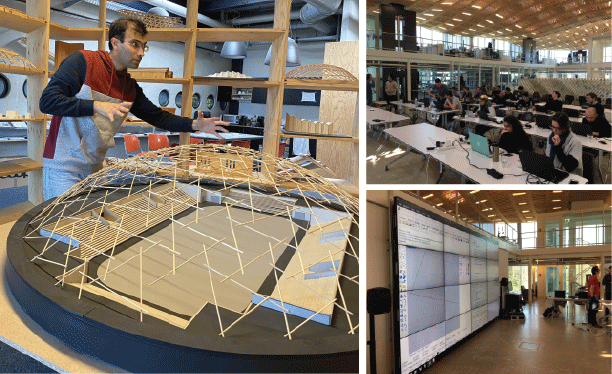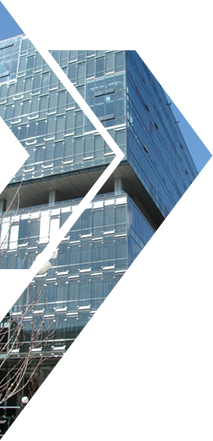Teaching philosophy at SuStrucSy is based on promoting programs and courses that offer students the technical know-how to exploit sustainable design solutions to the fullest in their future professional life. We are passionate about teaching:
- Design of (mass) Timber Structures (CIV544, CivMin UofT):
- Specialized course in the design of timber structures. Topics include physical and mechanical behavioral analysis of wood and wood-based products, description of structural wood-based systems, limit state design concept in timber engineering, design and detailing of timber connections, elements, and components, computer-aided design approach for timber structures, digital fabrication concepts, and design of heavy timber structures.
- Engineering Graphics and Technical Drawing (CIV235 CivMin UofT):
- Fluency in graphical communication skills as part of the civil engineering design process is emphasized. Drawings are prepared making use of freehand sketching, drafting equipment and commercially available computer drafting programs. Topics in descriptive geometry are covered to develop spatial visualization skills. Drawing procedures and standards relevant to Civil Engineering projects to be covered include layout and development of multiple orthographic views, sectional views, dimensioning, and pictorial views. Class projects, assignments, and examples demonstrate how graphical skills fit into the overall design process.
- Advanced Manufacturing and Digital Fabrication Technology for Structural Engineers, and Computational Methods and Algorithmic thinking in AEC – Architecture, Engineering, and Construction:
- We offer courses that are hands-on Design Build, allowing students to engage in the process of computational design to digital fabrication workflow, exploring techniques for the design, simulation, and fabrication of geometrically complex wooden structures. Wood is unique not only within its material properties within construction but also its ability to store embodied carbon and reduce GHG emissions. In such intensive courses we aim to engage with the following larger question: How can we use computational tools to challenge conventional methods of wood construction through design to digital fabrication facilitated through robotic systems?
- We focus on the design to direct fabrication. Students will learn the Design for Manufacturing and Assembly (DFMA) process through the development of a computational model which allows for structural analysis, simulation, and robotic fabrication process. Construction and assembly logic are embedded within the computational and physical model, allowing for expedited onsite construction. Rarely is the design to fabrication process experienced within an academic setting, as it is often the domain of industrial fabrication. Within our course, the students will have the opportunity to engage in novel applications of wood construction, while learning advanced technique for design and assembly.

© 2023 Aryan Rezaei Rad

